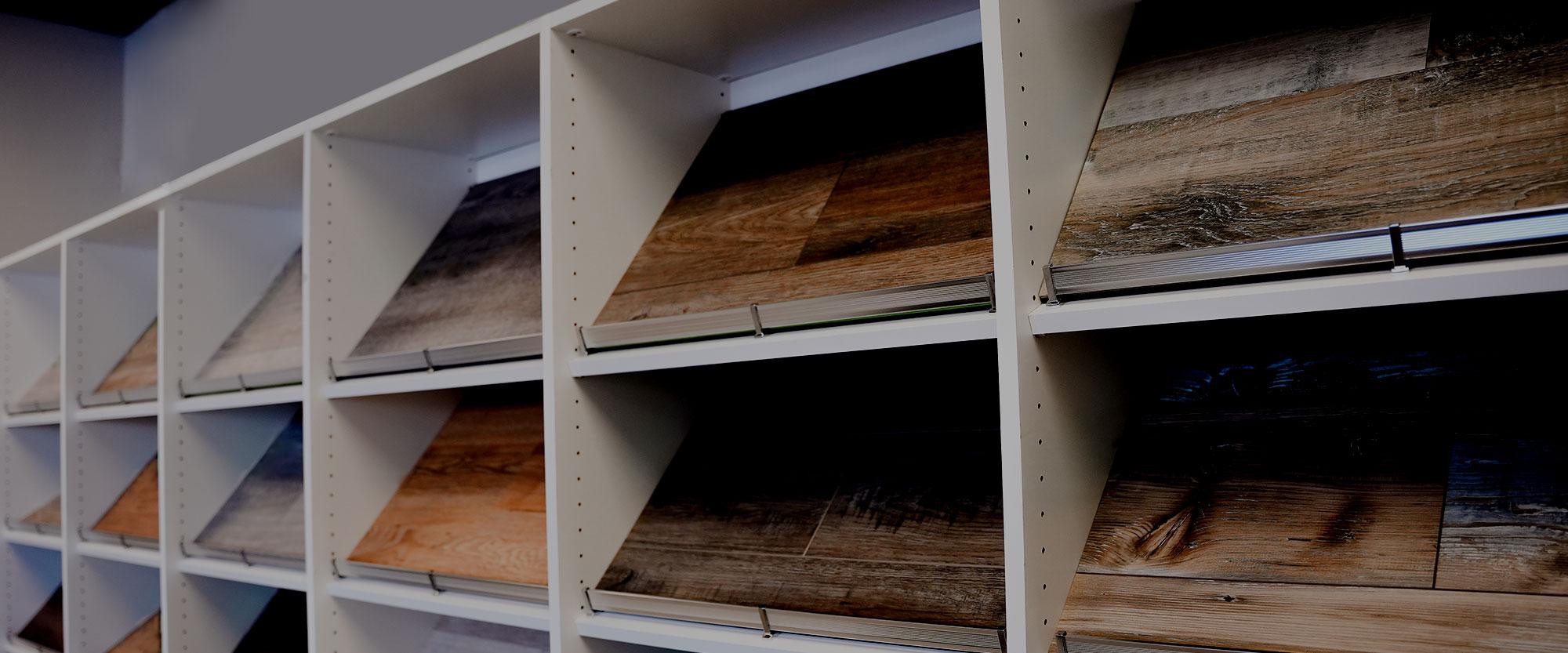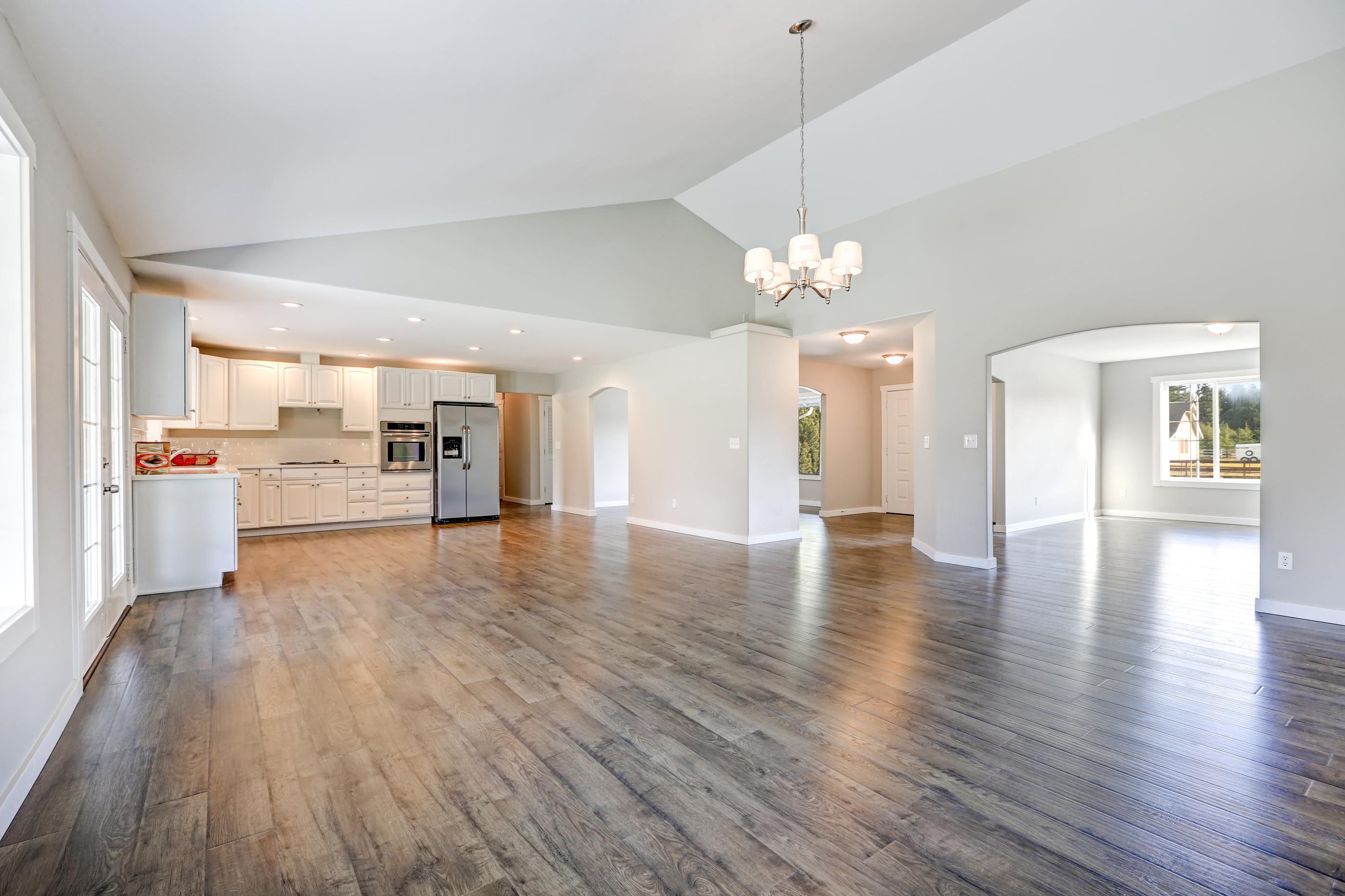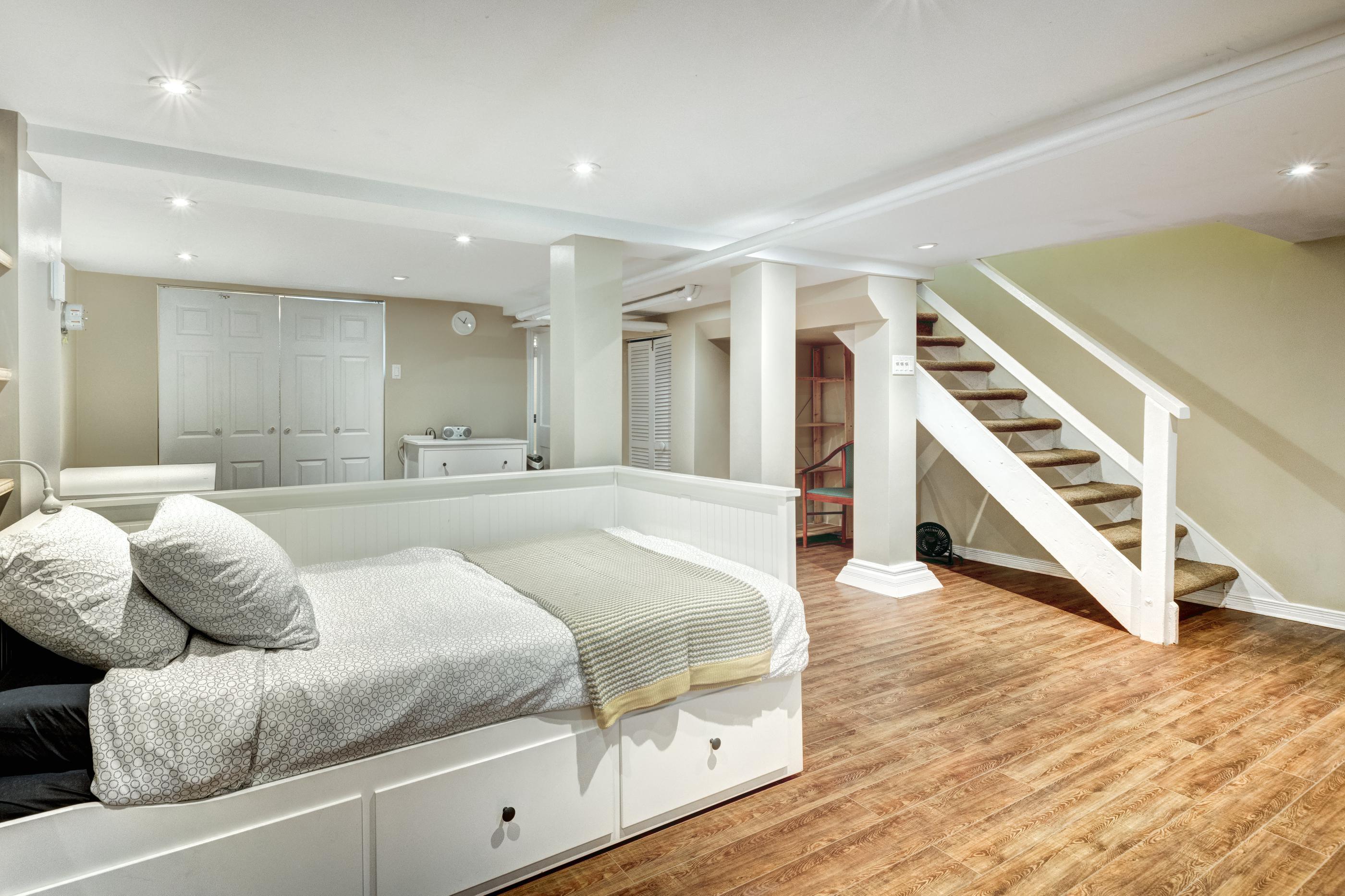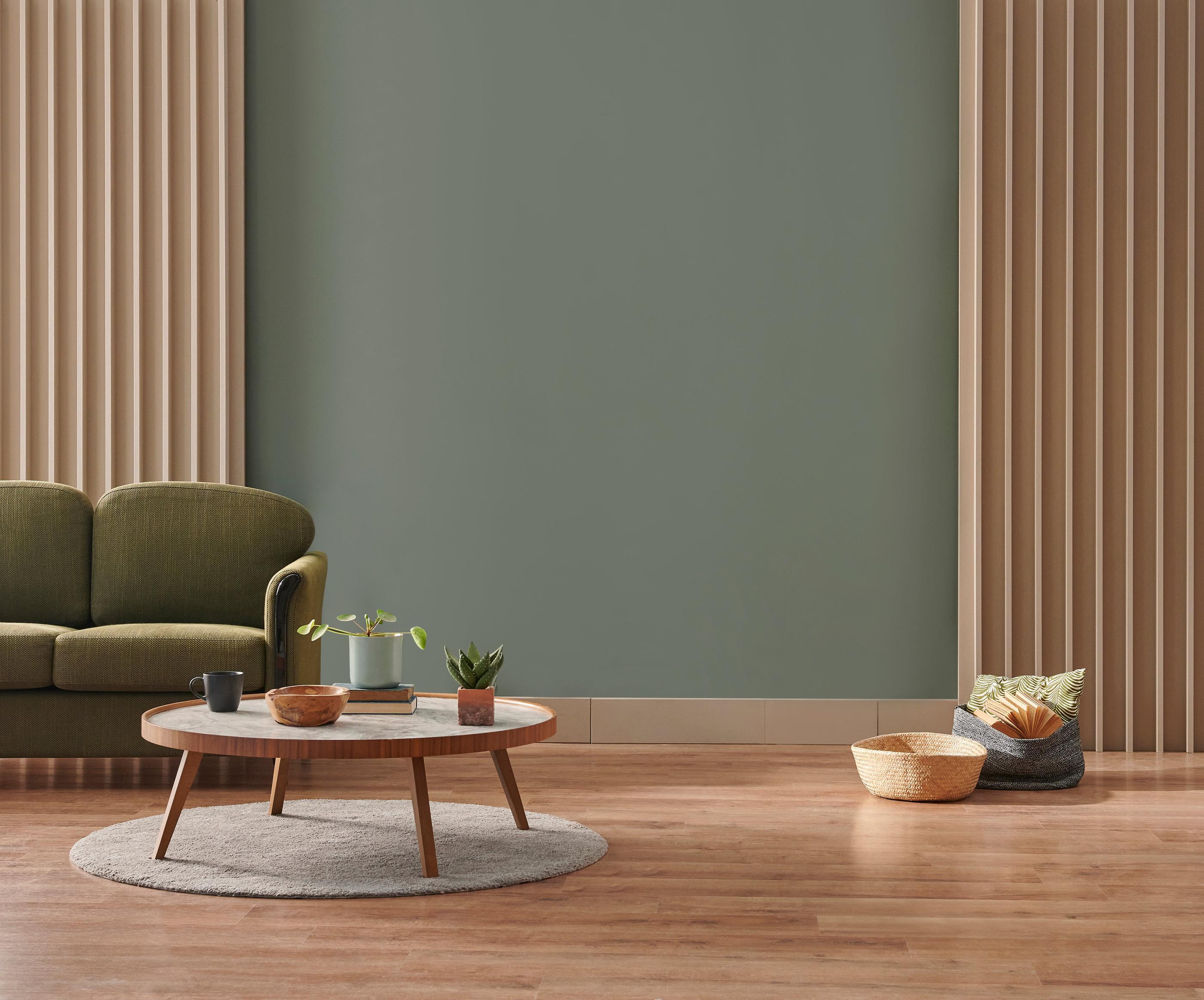Luxury Vinyl Plank (LVP) flooring has quickly risen to the top of homeowners’ and designers’ wish lists for good reason. Combining style, durability, and affordability, LVP has become a favorite for transforming spaces with the timeless appearance of hardwood without the associated challenges. Whether you’re redesigning a cozy family living room or a high-traffic retail space, this guide will show you why LVP is an outstanding flooring choice.
Looking to learn more about LVP flooring? Read on as we explore what makes LVP unique, its benefits, types, installation tips, and design trends to help you make an informed decision.
Why Homeowners and Designers Love LVP
LVP appeals to everyone, from homeowners seeking practical solutions to designers aiming for luxury aesthetics. It offers a perfect mix of beauty and functionality unmatched by many flooring options. Known for its ability to mimic high-end finishes like hardwood or stone, LVP is also water-resistant, affordable, and easy to maintain. These benefits make it a top contender for nearly every room and design style.
-
What Is LVP?
To truly appreciate the value of LVP, it helps to understand what it is and how it differs from other flooring options.
Definition and Distinction
Luxury Vinyl Plank is a hard-surface flooring that mimics the look of hardwood or stone through high-definition printing and a protective wear layer. Compared to traditional vinyl flooring that’s often associated with sheet rolls or peel-and-stick tiles, LVP has a more refined and realistic appearance.
Construction
LVP typically consists of multiple layers:
- Wear Layer: Protects the printed design beneath from scratches and stains, ensuring long-lasting beauty and resilience.
- Printed Design Layer: Offers realistic wood or stone visuals.
- Core Layer: Provides added durability and rigidity (which is critical for high-traffic areas).
- Underlayment (optional): Offers noise reduction and increased comfort underfoot.
LVP is engineered to provide strength while maintaining flexibility, making it stand out from other budget-friendly flooring options like laminate.
-
Key Benefits of LVP Flooring
Here’s why LVP is stealing the show in homes and commercial spaces alike:
Durability
One of LVP’s standout traits is its unmatched durability. It’s scratch-resistant, making it ideal for households with kids and pets, and water-resistant, which is perfect for kitchens, bathrooms, and basements.
Affordability
LVP costs significantly less than hardwood or stone. Even high-quality LVP designed to resemble premium materials tends to be budget-friendly, making luxury more accessible.
Aesthetic Versatility
With a wide range of colors, textures, and finishes, LVP offers something for everyone. From sleek and modern to rustic and warm, you can find a style that aligns perfectly with your vision.
Low Maintenance
Cleaning is a breeze with LVP. All it takes is regular sweeping and occasional damp mopping with a gentle cleaner. Its water-resistant properties ensure minor spills aren’t a major hassle.
-
Types of LVP Flooring for Every Space
Rigid Core vs. Flexible LVP
- Rigid Core: More durable and ideal for high-traffic areas.
- Flexible: Easier to install in spaces with uneven surfaces.
Waterproof vs. Water-Resistant
Waterproof LVP fully seals out moisture, making it suitable for bathrooms, while water-resistant options are better suited to spaces like living rooms or bedrooms.
Embossed vs. Smooth Textures
- Embossed: Offers realistic woodgrain textures that mimic natural flooring.
- Smooth: Best for sleek and minimalist designs.
-
Installation Tips: DIY or Leave It to the Pros?
Click-lock Floating Installation
This DIY-friendly option allows you to “float” the planks over your subfloor, locking them in place without adhesives.
Glue-down Method
This option requires adhesive for added durability, particularly in commercial spaces or areas exposed to heavy use.
Pros and Cons of DIY vs. Professional Installation
- DIY installation is more affordable but may require time and patience.
- Professional installation ensures flawless results, saving you time and mitigating errors.
-
LVP vs. Other Flooring Options
LVP vs. Hardwood
- Hardwood offers unparalleled natural beauty but is expensive and prone to scratches and water damage.
- LVP provides the same aesthetic at a fraction of the cost while being more durable.
LVP vs. Laminate
- While both are affordable, LVP edges out laminate with its superior water resistance and ability to better mimic natural materials.
LVP vs. Tile
- Tile is more durable for extreme wear-and-tear environments, but LVP wins on comfort, cost, and warmth underfoot.
-
Design Trends & Styling Tips
Trending Floor Colors & Finishes for 2025
From weathered gray tones to warm honey hues, LVP offers a range of trendy finishes to complement modern designs.
Pairing LVP with Interior Styles
- Classic Style: Opt for traditional cherry or oak tones.
- Modern Aesthetic: Go for neutral grays or sleek, dark espresso shades.
- Rustic Charm: Textured, distressed finishes can recreate a farmhouse vibe.
Harmonizing with Cabinets & Walls
Choose undertones in your LVP flooring that complement or contrast with surrounding cabinetry and wall colors.
-
Common Myths About LVP Flooring
Myth 1: “LVP Looks Cheap”
Modern manufacturing technology allows LVP to replicate the intricate grain patterns of high-end hardwood or stone.
Myth 2: “LVP Isn’t Durable”
With layers designed to resist scratches, dents, and moisture, LVP is one of the most resilient flooring options available.
Myth 3: “LVP Is Only for Kitchens and Basements”
LVP is highly versatile, suitable for living rooms, bedrooms, and even commercial spaces thanks to its diverse styling options.
-
Maintaining and Extending the Life of LVP
- Use a soft-bristle broom or vacuum to remove dust and debris.
- Clean spills promptly with a damp mop and a mild cleaner.
- Protect your floors by using felt pads on furniture legs and mats in high-traffic areas.
Transform Your Home with LVP Flooring
Luxury Vinyl Plank flooring stands out as a practical, stylish, and budget-friendly option for any homeowner, contractor, or designer. With its durability, aesthetic versatility, and ease of care, there’s no wonder it’s one of the top flooring choices on the market.
Thinking of installing LVP flooring in your home? Visit The Designery for expert guidance and premium-quality LVP options tailored to your style.




